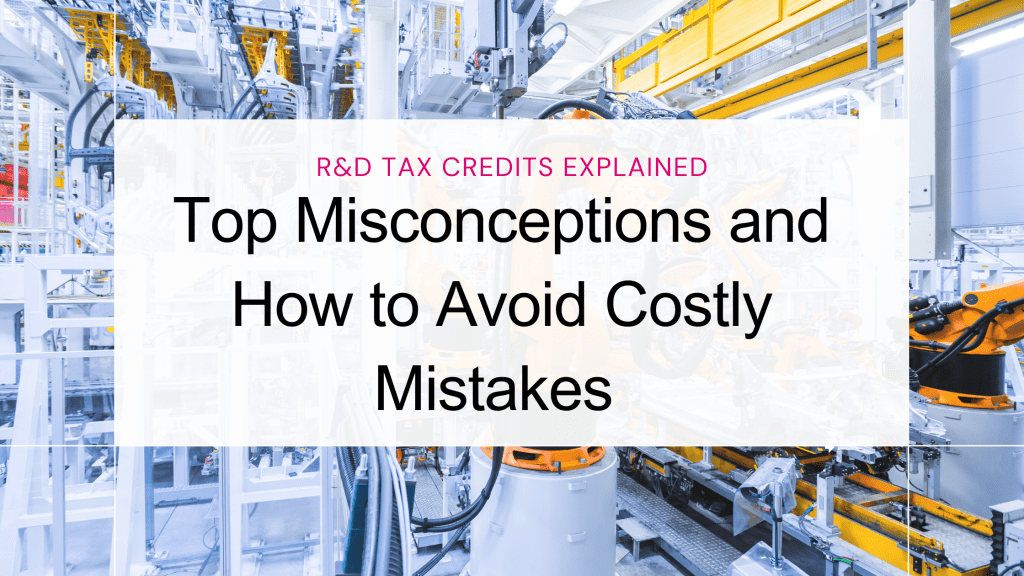
R&D Tax Credits Explained: Top Misconceptions and How to Avoid Costly Mistakes Research and Development (R&D) tax credits are a…

R&D Tax Credits Explained: Top Misconceptions and How to Avoid Costly Mistakes Research and Development (R&D) tax credits are a…
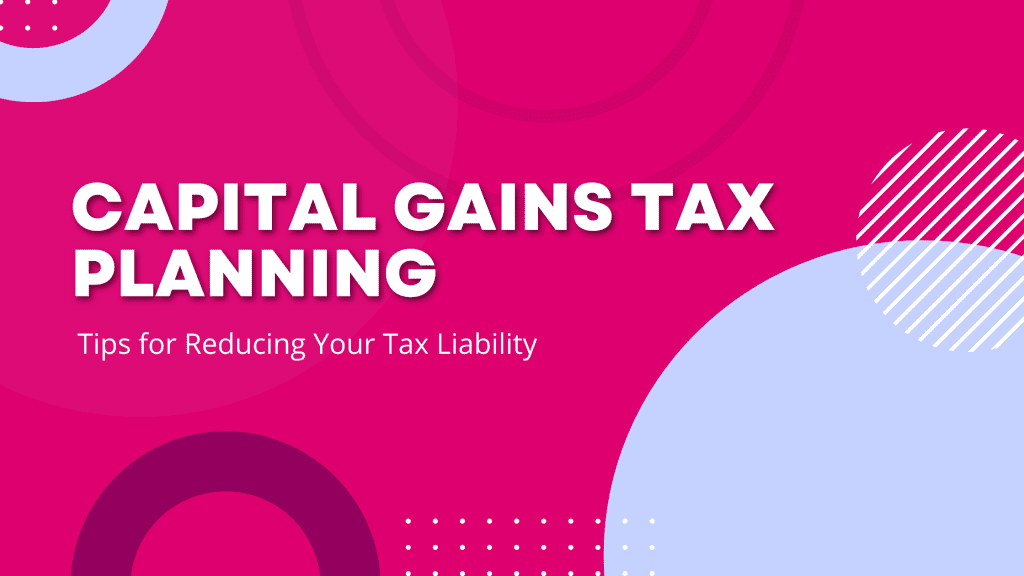
Capital Gains Tax Planning: Tips for Reducing Your Tax Liability Capital Gains Tax (CGT) is a tax on the profit…
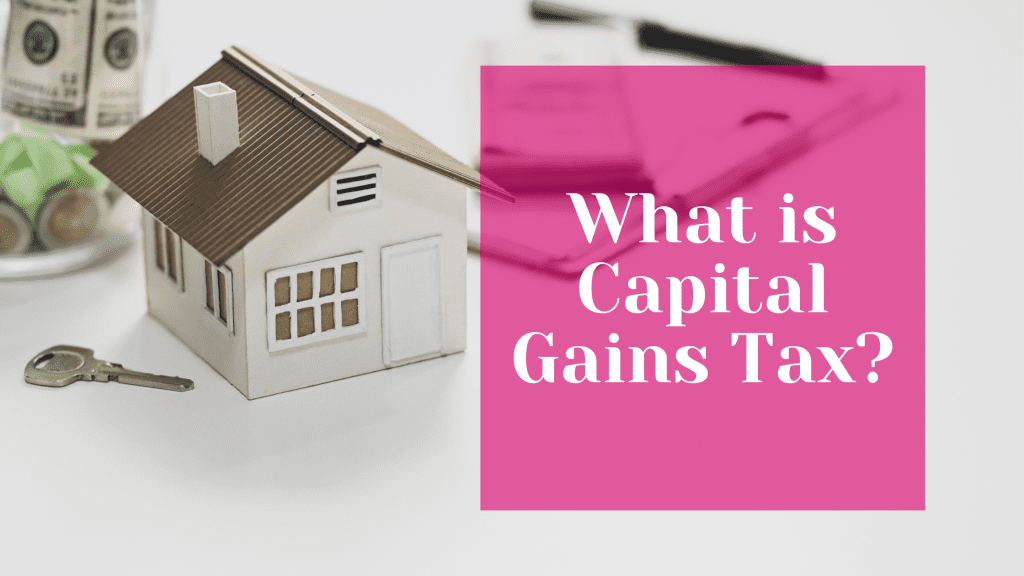
Capital gains tax (CGT) is a crucial concept for anyone selling assets like property or stocks in the UK. This blog breaks down the essentials of CGT, explaining how it works, the current tax rates, and strategies to minimise your tax bill. Whether you’re a seasoned investor or a newcomer, understanding CGT can help you make informed financial decisions and save money. Read on to learn more about how to calculate your gains, use your annual exemptions, and take advantage of tax reliefs available to you. Stay informed and manage your investments wisely with our easy-to-understand guide.
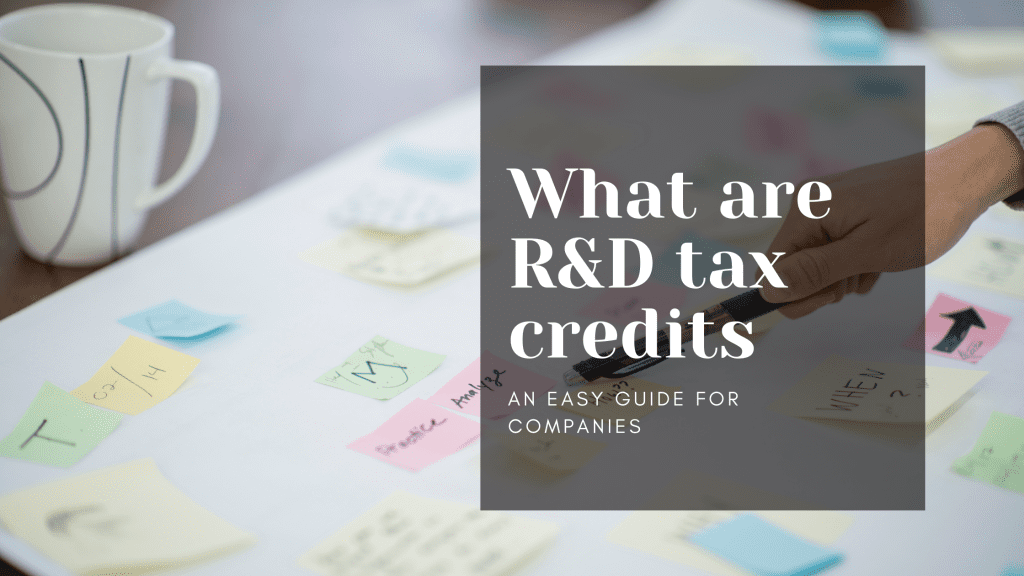
**Excerpt:**
Discover the power of R&D tax credits! These government incentives can significantly reduce your tax liability, making it easier to invest in innovation. Whether you’re developing new products, advancing technology, or improving processes, R&D tax credits can provide substantial financial benefits. Learn how your business can qualify and claim these credits to stay competitive and fuel growth. Don’t miss out on this opportunity to enhance your R&D efforts and secure a brighter future for your company.
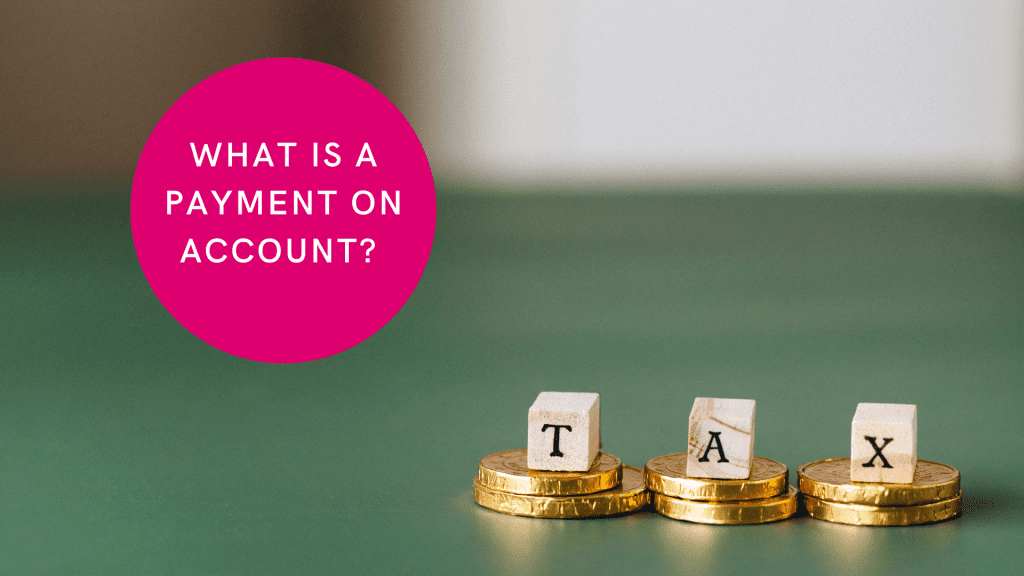
What Is A Payment On Account? Understanding the UK Tax System A common source of confusion in the world of…

We’re back with another blog post and this time we’re diving into a topic that isn’t everyone’s cup of tea…
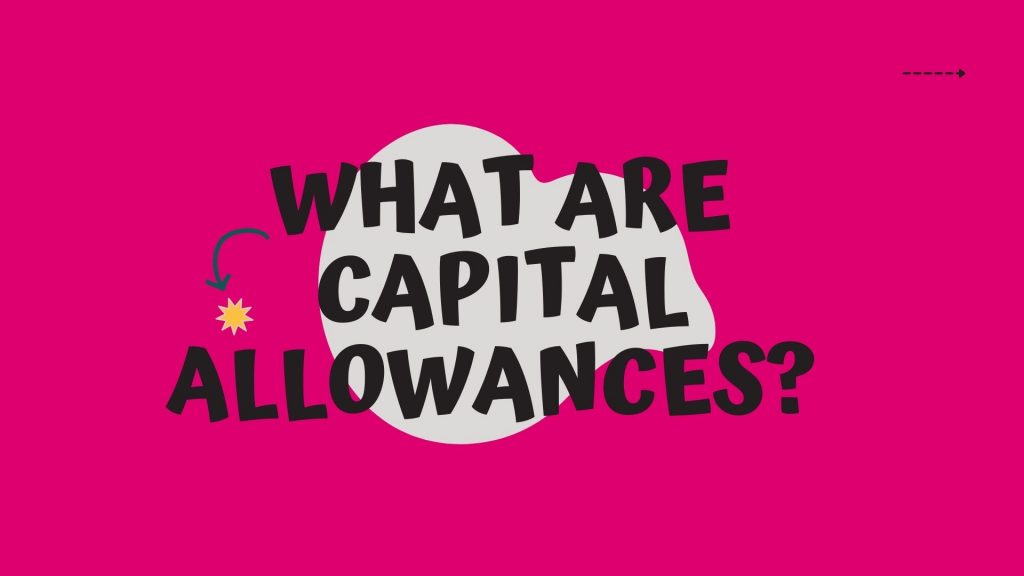
Are you ready for some capital allowances fun? 🙌 🥳 Yeah, we know it’s not the most exciting topic, but…

As we are in the middle of wedding season, it’s worth reminding everyone about marriage allowance. This extra bit of…
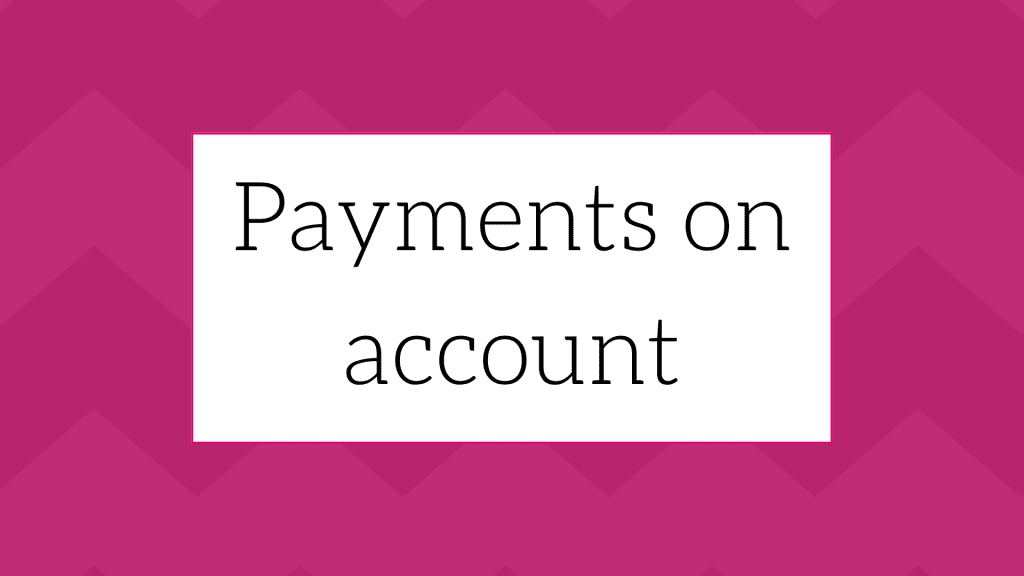
If you complete a tax return you may have to pay your tax twice a year. This sounds like it…

If you are just about to become a sole trader, or have been one for a while, you might be…